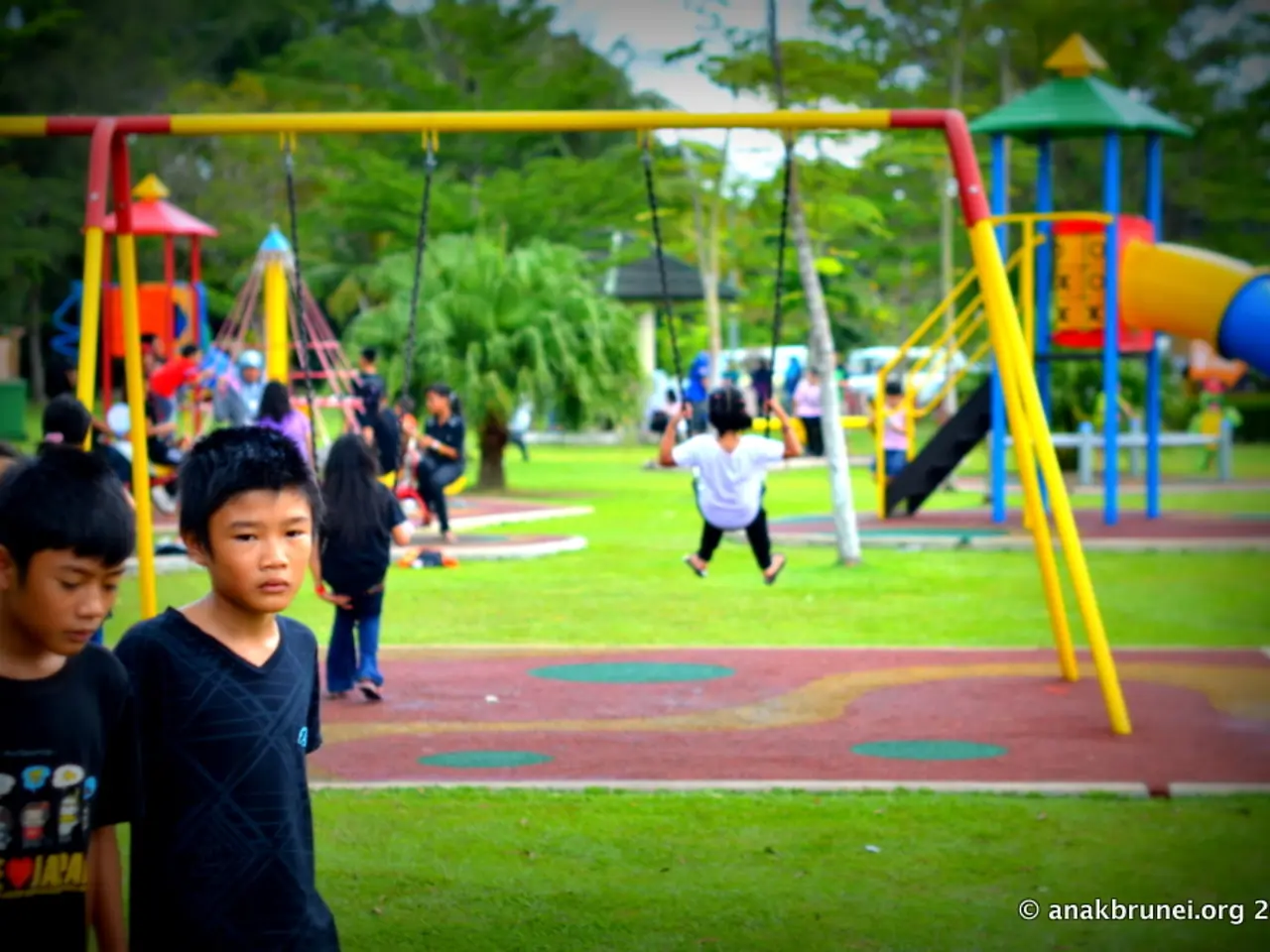Interactive Preschool Sensory Workspace for Five Senses Exploration
Exploring the World Through Sensory Stations
Sensory stations are simple, low tables designed for children to explore their surroundings through their senses. These engaging learning spaces, filled with kid-friendly materials, promote exploration and learning every day.
The five senses – touch, taste, sound, sight, and smell – are essential for our understanding of the world. Sensory stations cater to each of these senses, providing a wide variety of materials for children to interact with.
Touch
Exploring objects through touch involves examining texture, temperature, and hardness. Some items that can be included in a sensory station for the sense of touch are a silk scarf, rough/smooth conch shell, leaves, large pine cone, tree pods, sandpaper, rainbow spaghetti, kinetic sand, and homemade slime.
When introducing a child to a sensory station for the first time, allow them to touch and explore at their own pace. If a child is hesitant about a particular texture or smell, don't force them to engage – allow them to observe from a distance if they prefer.
Smell
Observing through smell involves detecting and describing odors. Some items that can be included in a sensory station for the sense of smell are whole cloves, cinnamon sticks, lemon, flowers, lemon scented rice, scented cloud dough, cinnamon ornaments, and spice paint.
Sight
Sight plays a significant role in our daily lives, and sensory stations provide an opportunity for children to look closely at objects and note their colour, shape, size, and patterns. Some items that can be included in a sensory station for the sense of sight are mirrors, mini flashlights, postcards, DIY kaleidoscopes, glitter bottles, homemade lava lamps, and photographs.
Sound
Observing through hearing involves listening to sounds and identifying their source. Some items that can be included in a sensory station for the sense of sound are a bell, shaker eggs, a whistle, container with rice, rain stick, and water xylophone.
Taste
While it's important to remember that sensory stations are not intended for tasting, observing through taste involves exploring the flavors of different foods or substances. This sense is an essential part of learning about the world, and children can be introduced to new flavors through taste-safe materials or edible objects.
Engaging Sensory Stations
Sensory stations can be made more engaging by regularly rotating materials. This keeps the learning environment fresh and exciting, encouraging children to explore new objects and ideas. Group play can also promote social interaction, language development, and responsibility by involving children in cleaning up after playtime.
Sensory play can get messy, so it's important to be prepared with aprons, smocks, or old clothes. For a more structured approach, consider the Preschool 5 Senses Pack, which includes 4 fun preschool themes with approximately 15 activities each, including sensory bins, experiments, games, and more.
The idea of sensory stations can be traced back to Anna Atkins, an author from the 19th century who created Photographs of British Algæ. Cyanotype Impressions. Her work serves as inspiration for the sensory boards we see today.
In conclusion, sensory stations provide a valuable learning experience for children, allowing them to explore their environment using their senses. By encouraging exploration, play, and social interaction, sensory stations foster a love for learning and help children develop important skills for the future.
Read also:
- Overcoming Yielding Regulations Hurdles in Indian Export Sector for EU Markets
- Shaping production and consumption tendencies via cosmetic certification
- Health care professionals targeted in a shooting incidents, a pattern of hostile actions against health workers continues to unfold, with many observing this trend as unremarkable.
- Transgender individuals' journey towards aligning their gender identity: Key aspects







